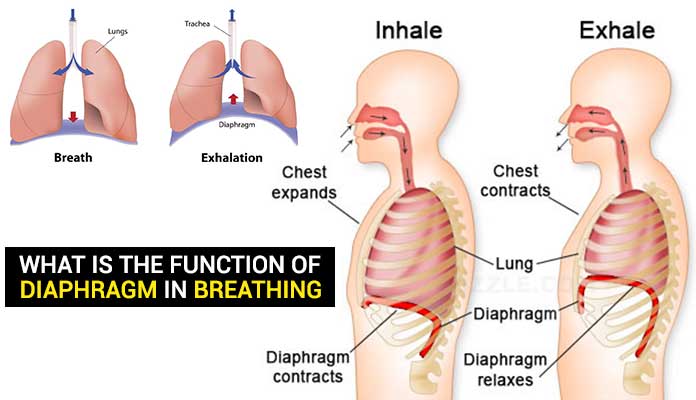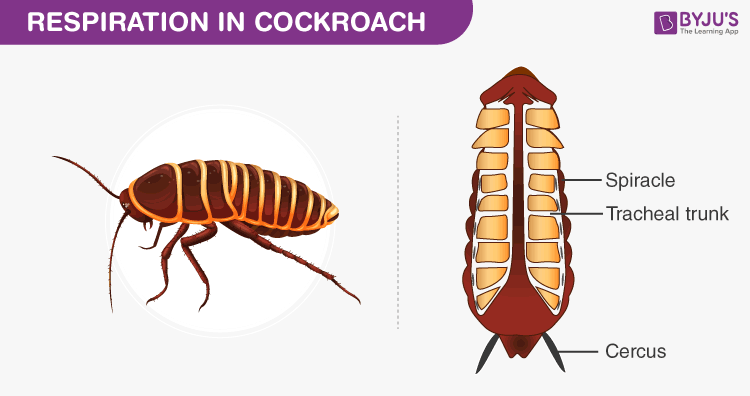7th Grade > Biology
RESPIRATION IN ORGANISMS MCQs
Total Questions : 96
| Page 5 of 10 pages
:
Respiration: 1 Mark each
1. In plants different parts can take independently take in oxygen and give out carbon dioxide. Leavestake in oxygen from the air and give out carbon dioxide through tiny pores called stomata.
2. In the cells, thisoxygen is used to break down glucose into carbon dioxide and water with the release of energy.
3. Like all living cells roots also need oxygen to generate energy. Roots take up air from the air spaces present between the soil particles.
:
Each point: 1Mark
Some features of the alveoli that allow this are as follows:
they increase thesurface area in lungs for absorption
they havethin walls (just one cell thick)
they have a lot of tiny blood vessels called capillaries.
:
Each point: 1 Mark
The diaphragm is the muscular sheet that separates the abdomen from the chest cavity..
The diaphragm is a thin sheet ofmuscle that sits at the base of the chest and separates the abdomen from the chest. It contracts and flattens when you inhale. This creates a vacuum effect that pulls air into the lungs. When you exhale, the diaphragm relaxes and the air is pushed out of lungs.
:
Spiracles: 1 Mark
Organism: 1 Mark
Function: 1 Mark
Spiracles are small openings present on the sides of thebody of insects, like cockroaches.
Spiracles help in entry and exit of gasses for respiration.
:
Fast breathing: 1Mark
Respiration: 1Mark
Side effect: 1 Mark
Other type of respiration: 1 Mark
Equations: 1 Mark
Our body needs energy for all activities. While doing heavy exercises like running, there is moredemand for energy to perform those activities.
During running, due to lack of oxygen, some muscles may respire anaerobicallyand form lactic acid. The accumulation of lactic leads tomuscle cramps, a side effect of this type of respiration. This respiration in muscle cells in the absence of oxygen is called anaerobic respiration.
Extra oxygen isrequired to burn this lactic acid into carbon dioxide and water.Hence an athlete breathes faster and deeper than usual after finishing a race.
The other kind of respiration is the aerobic respiration is the process that happens in most of the animals. It involves breaking up of glucose into carbon dioxide and water in the presence of oxygen with release of energy.
Equations:
Aerobic:
C6H12O6+6O2→6CO2+6H2O
Anaerobic:
C6H12O6=2C2H5OH+2CO2+2ATP
:
Each Point: 1 Mark
1. Fishesbreathe through special structures called gills. Gills are present on either side of their heads and are rich with blood vessels.
2. Fishes take in oxygen dissolved in water.During respiration, water enters the body through mouth, passes through gills and comes out of the operculum.
3. Gases are exchanged in the gills. They absorb the oxygen and expel carbon dioxide.
Answer: Option D. ->
glucose
:
D
Cells breakdown glucose to produce water and carbon dioxide. Energy is released in the form of ATP. This process is called cellular respiration. When this process happens in the presence of oxygen, it is called aerobic respiration and when it happens in the absence of oxygen, it is called anaerobic respiration.
It can be summarised as:
C6H12O6+6O2→6CO2+6H2O+38 ATP
:
D
Cells breakdown glucose to produce water and carbon dioxide. Energy is released in the form of ATP. This process is called cellular respiration. When this process happens in the presence of oxygen, it is called aerobic respiration and when it happens in the absence of oxygen, it is called anaerobic respiration.
It can be summarised as:
C6H12O6+6O2→6CO2+6H2O+38 ATP
Answer: Option A. ->
thoracic
:
A and B
Humans have a pair of lungs situated in the chest cavity. The chest cavity is also known as thoracic cavity. Each lung has double layered covering called pleura. The thoracic cavity is separated from abdominal cavity by a muscular structure called diaphragm.
:
A and B
Humans have a pair of lungs situated in the chest cavity. The chest cavity is also known as thoracic cavity. Each lung has double layered covering called pleura. The thoracic cavity is separated from abdominal cavity by a muscular structure called diaphragm.
Answer: Option A. ->
True
:
A

:
A
- The floor of the chest cavity has a thick muscular partition known as the diaphragm. It separates the abdominal cavity and the thoracic cavity.
- It performs a significant function in respiration. It moves up and down during inhalation and exhalation.
- Lowering of the diaphragm causes a decrease in the pressure on lungs. Due to which, air moves into the lungs through nose.
- When diaphragm rises up, pressure on the lungs increases. Due to which, air moves out.

Answer: Option B. ->
spiracles
:
B
Cockroach has small openings on the sides of its body called spiracles. Oxygen rich air rushes through the spiracles into the tracheal tubes. It then diffuses into the body tissue and reaches all the cells of the body. Carbon dioxide from the cells goes into the tracheal tubes and ultimately moves out through the spiracles.

:
B
Cockroach has small openings on the sides of its body called spiracles. Oxygen rich air rushes through the spiracles into the tracheal tubes. It then diffuses into the body tissue and reaches all the cells of the body. Carbon dioxide from the cells goes into the tracheal tubes and ultimately moves out through the spiracles.

















